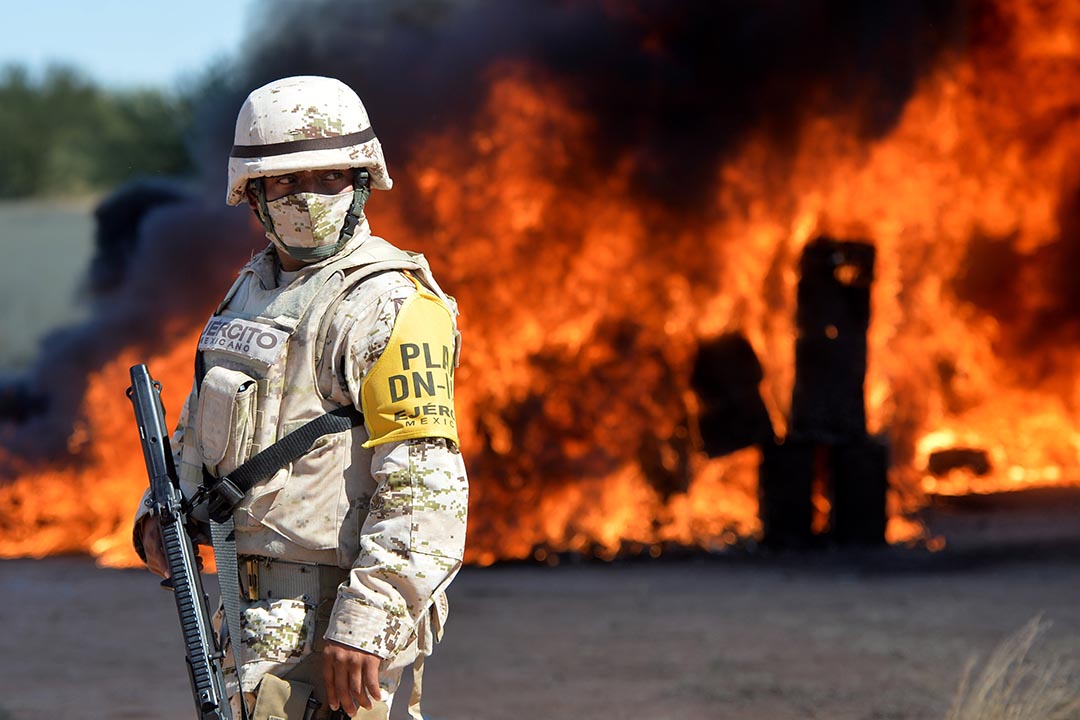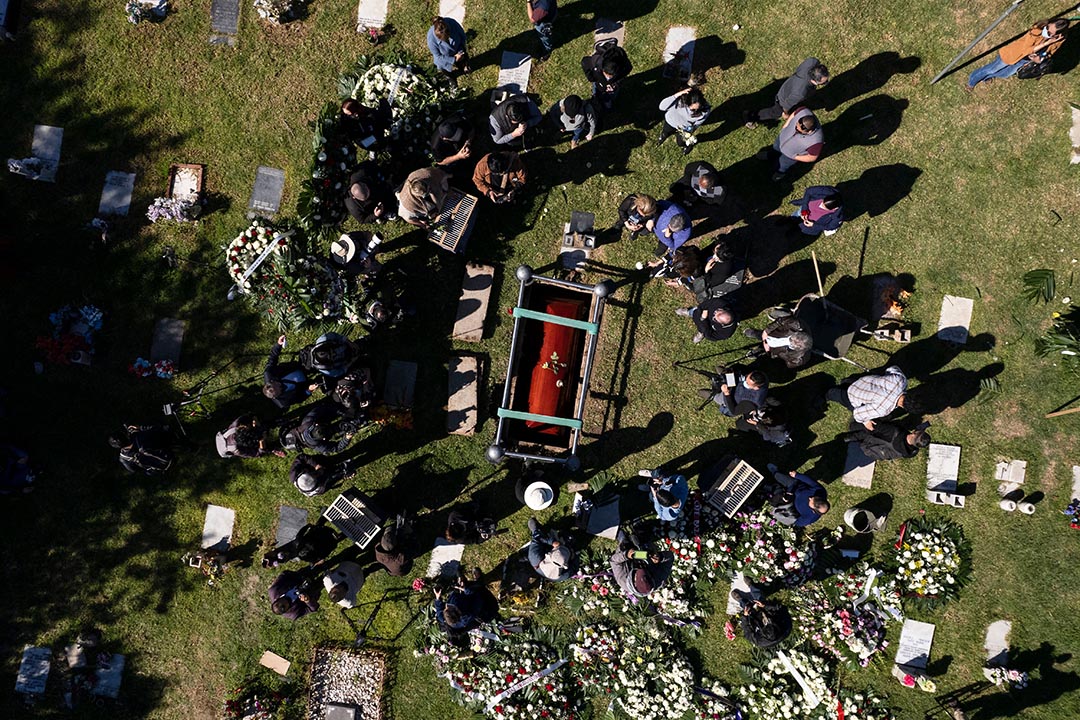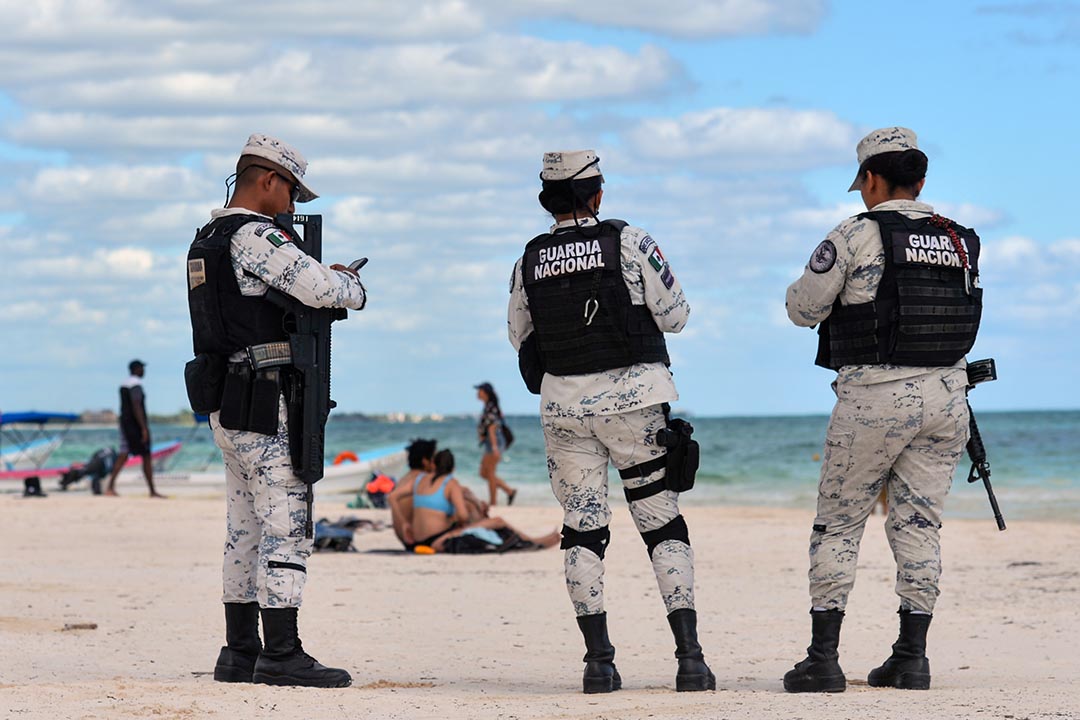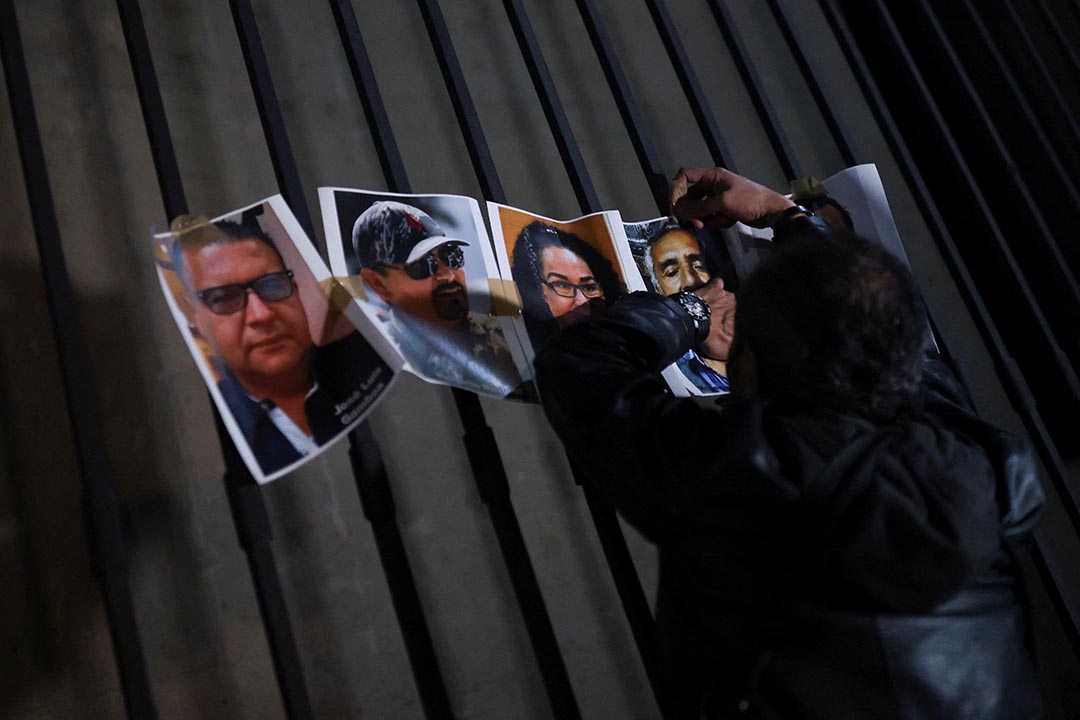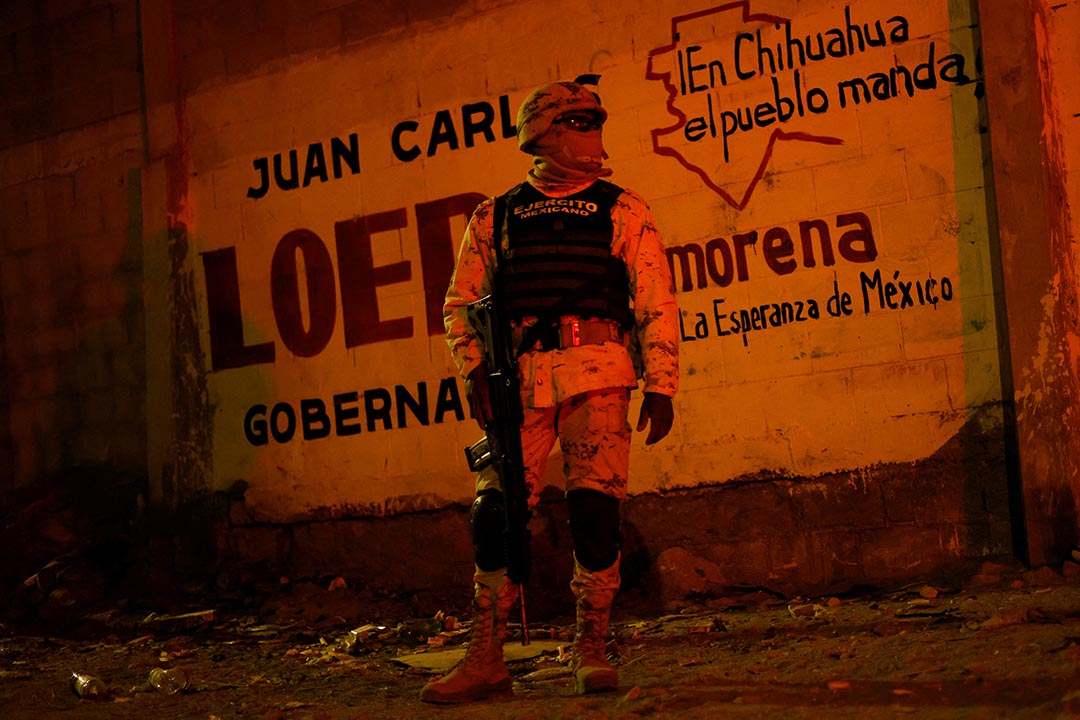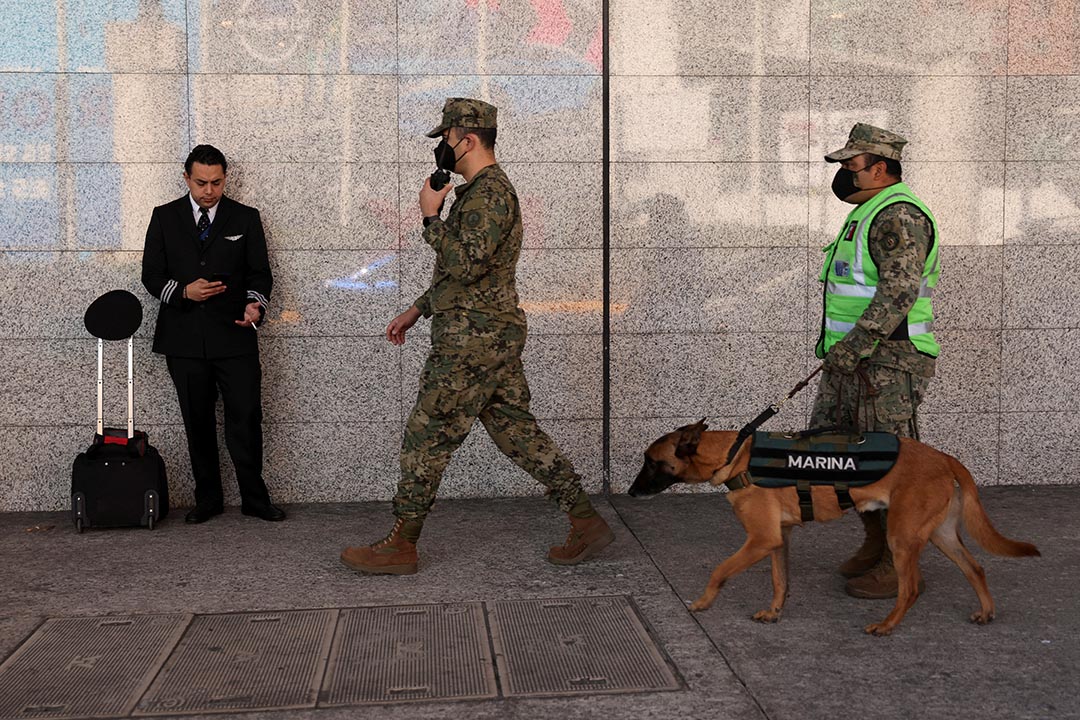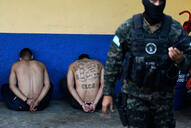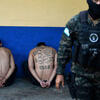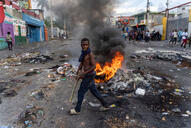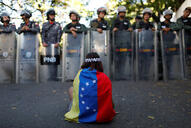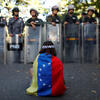Mexico faces a crisis of kidnappings, disappearances, and other criminal violence that has left over thirty-thousand people dead each year since 2018. Gangs and drug cartels largely perpetrate this violence, but the state has also committed human rights violations in its war against these groups. Civilians bear the most significant impact, which drives migrants to the U.S. border. Drugs from the cartels also flow over the border, fueling a drug overdose epidemic in the United States.
In the 1980s, Mexico’s criminal groups and drug traffickers became organized [PDF], assigning distinct regional areas of control for each group and establishing networks and trafficking routes. However, as production and distribution increased, the groups began fighting for territorial control and access to markets, leading to an increase in violence across Mexico.
The Mexican government officially declared war on criminal organizations in 2006 when former President Felipe Calderon launched an initiative to combat cartels using military force. In 2012, President Enrique Peña Nieto revised the Calderon government’s strategy, shifting efforts away from violent exchanges and toward improving law enforcement capacity and supporting public safety.
However, after the Sinaloa Cartel’s Joaquin “El Chapo” Guzman was arrested in 2014, re-arrested in 2016, and finally extradited to the United States in 2017, a power vacuum was created within the Sinaloa Cartel, resulting in an accompanying increase in violence between rival factions seeking new territory and influence. Moreover, despite an initial decrease in homicides following Peña Nieto’s reforms, Mexico continued to struggle with corruption and crime-related violence. By 2016, drug-related homicides had increased by 22 percent, with more than twenty thousand killed. In 2017, a mass grave containing the remains of more than 250 victims of crime-related violence was uncovered in Veracruz State. The violence rapidly intensified to a peak of 33,341 homicides in 2018, and the murder rate has dropped only slightly since then. Additionally, from 2017 to 2020, a journalist was killed [PDF] every week on average.
Recognizing widespread assertions that the use of military force had only increased the level of crime-related violence in Mexico—and accusations that the military had committed human rights abuses and carried out extrajudicial killings—then-presidential candidate Andrés Manuel López Obrador, popularly known as AMLO, promised on his campaign trail to revolutionize the fight against cartels and revert to a civilian-led police force. As part of his amorphous “hugs, not bullets” policy, AMLO suggested poverty alleviation programs, the legalization of marijuana, and new sentencing guidelines for drug traffickers. After winning the election and assuming office in December 2018, AMLO announced the creation of a new National Guard (a hybrid civilian police and military force) to fight cartels. In 2019, under a deal with the United States, AMLO deployed much of this force to the southern border with Guatemala to stem migration.
However, AMLO’s tactics have largely failed to curb violence. Though homicide rates have dropped marginally, the country still reports over thirty thousand crime-related deaths per year. Mexico’s 2024 general elections were its most violent in decades, attacks on journalists have continued at record highs, and anti-corruption reforms have floundered.
Meanwhile, criminal and drug trafficking organizations threaten to undermine the strength and legitimacy of the Mexican government, an important U.S. regional partner, as well as harm civilian populations in both countries. In 2007, the George W. Bush administration and the Calderon government launched the Merida Initiative to improve U.S.-Mexico cooperation on security and rule of law issues in Mexico. It remained in place until AMLO rejected the agreement over its militarized approach and worked with the Biden administration to draft the more broadly focused Bicentennial Framework to replace it in 2021.
Despite initially advocating a less securitized approach to reducing drug trafficking and violence, AMLO has expanded the military’s role in policing. Though the military’s involvement was intended as a temporary measure, Mexico’s Congress passed a reform in August 2022 that allows the military to carry out domestic law enforcement until 2028. AMLO also promised to bring the National Guard under the army’s command despite an April 2023 Supreme Court ruling that it must remain under civilian control. Rights groups say military policing has eroded the treatment of civilians, who face arbitrary detention, rape, and extrajudicial killings. Nonetheless, the government appeared to double down on its approach, granting the navy full control of Mexico City’s busiest airport to combat smuggling in July 2023. It also transferred several other government functions to Mexico’s military, including large-scale infrastructure construction, tourism development, and customs oversight at ports of entry and exit.
President-elect Claudia Sheinbaum, AMLO’s chosen successor, has said she aims to strengthen AMLO’s National Guard, hire more police investigators, and invest in more social programs for youth to address violence. Some critics argue that continuing AMLO’s militarized approach will be insufficient to tackle Mexico’s security issues.
Meanwhile, cartels have consolidated and expanded their control, battling each other with heavy weaponry and drones. Kidnappings, killings, and the targeting of journalists remain prevalent, and the state has struggled to deliver justice for victims of past crimes, particularly those committed by the military. After the kidnapping of four Americans in March 2023, some U.S. Republican lawmakers proposed sending a U.S. military force to Mexico. AMLO rejected the threat, calling it “irresponsible” and saying he would not permit an intervention.
As of May 2024, cartels controlled about one third of Mexico’s territory, according to one estimate from the U.S. military. According to the U.S. Drug Enforcement Agency, the Sinaloa and Jalisco cartels are responsible for the vast majority of drug trafficking in the United States, supplying methamphetamines, cocaine, heroin, marijuana, and other drugs. An increasingly high quantity of fentanyl, the leading driver of drug overdoses in the United States, is also smuggled across the southern border by the Sinaloa and Jalisco cartels and their associates.
